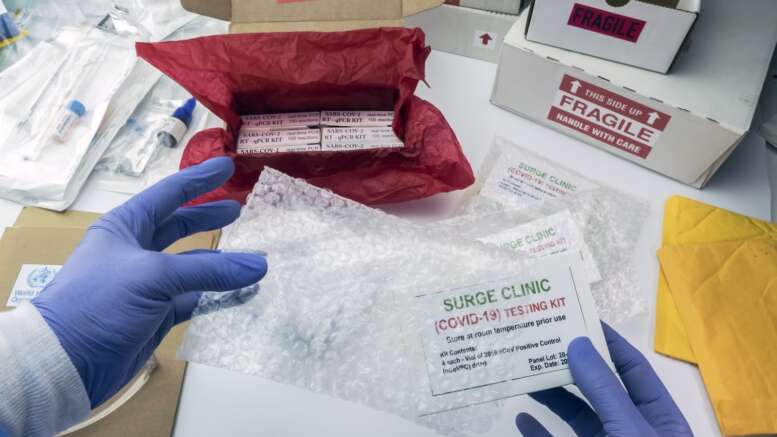Artwork Challenges for Pharma Industry: Packing artwork is an often-forgotten backroom process in most pharma companies, but the drastically changing environment has brought these issues to the forefront.
The pharma industry wants an efficient, error-free packaging and labeling process that is fully compliant and counterfeit-proof. Companies are scrutinizing the pharma artwork management to identify where gain can be opportune, whether through harmonizing the packaging and labeling workflows, speeding-up the artwork production process or through label recall risks.
Packaging and labeling challenges occur quite frequently and can result in a product recall in the worst-case scenario. This article considers and discusses some of the most common artwork challenges for the pharma industry.
5 Artwork Challenges For The Pharma Industry
1. Compliance Concerns
Since pharmaceutical companies are a part of a highly regulated industry, GMP compliance is one of the top priorities for them. Due to the global nature of the pharmaceutical supply chain, companies need to deal with different regulations worldwide. Local regulations are becoming more complex despite the efforts to adapt to the regulatory framework. Therefore, companies need to be adept at interpreting the different requirements of local regulations.
2. Process Problems
For large global pharmaceutical companies, developing artwork for a large number of products involves a number of verticals and organizations across borders. This means that the right combination of business processes, organization design, information technology, facilities, and suppliers has to be managed.
With so many involvements, there are bound to be process gaps, inconsistencies, and systematic errors. Especially when the business processes are incomplete or conflicting. These bring about errors in the content and process of the artwork. Pharma companies want to make the most of their available assets by launching as many products in as many markets as possible. The complexity also increases with the number of SKUs or Stock Keeping Units being developed by the companies.
3. Recall Risks
A product recall is the worst scenario for any pharmaceutical company, especially if patient safety is at risk. Research done by Esko estimated that 50% and more of product recalls are usually due to errors in labeling or packaging artwork, whereas more than 60% of recalls are due to human error.
There is a large amount of data present on product-related topics. Companies often use this as the basis of their packaging and labeling. This can often result in Labeling mistakes. This data is often in different formats and is stored in multiple locations. Labeling processes are prone to error due to manually compiling and cross-check the labeling data by the company itself.
4. Quality Control
While recalls are an extreme end of the spectrum, there are potential quality control issues in the entire packing and labeling process. There is the quality of the design itself that needs to be fit for purpose and appropriately tested and validated. It needs to fulfill all the legislative requirements, showcase the anti-counterfeiting measures, and be prepared for the upcoming serialization legislation. The quality of the processes and quality management controls are also important because even if errors do not result in a recall, they can still represent a quality defect that should not be taken lightly.
5. Slow Speed Setbacks
There are many issues that can delay the product from reaching the marketplace. Issues with compliance and quality control are some examples. Issues can also arise during the process that can cause the delay. Once the written work of the label has been approved, it can cause haste in the creation of other packaging elements and get it out into the marketplace.
Reads More: What’s The Importance of a Brokerage Calculator?
The consequences of delays can be huge, especially for a pharmaceutical product with limited patent protection time. The effect on the expense can be generous with substantial expenses of repacking and market re-supply and less unmistakable expenses through the loss of sales, market share, and customer reimbursement.
Conclusion
Automation technologies have evolved drastically over the years and have assisted many companies in cutting costs as well as speeding the processes. Packaging software and hardware can be easily integrated into packaging lines and workflows. However, there are many companies that are still not aware of the benefits that automated solutions can provide.
Artwork is one of the most critical aspects of a label, and pharma companies must take a strategic move towards defining a precise process with standards and guidelines that adhere to many regulations like for safety and for health. Adherence should also be maintained for the requirements and demands of components like the technical and commercial. Artwork and packaging management have increasingly become brand favorites for their labeling and development of artwork.


Be the first to comment on "Artwork Challenges for Pharma Industry"